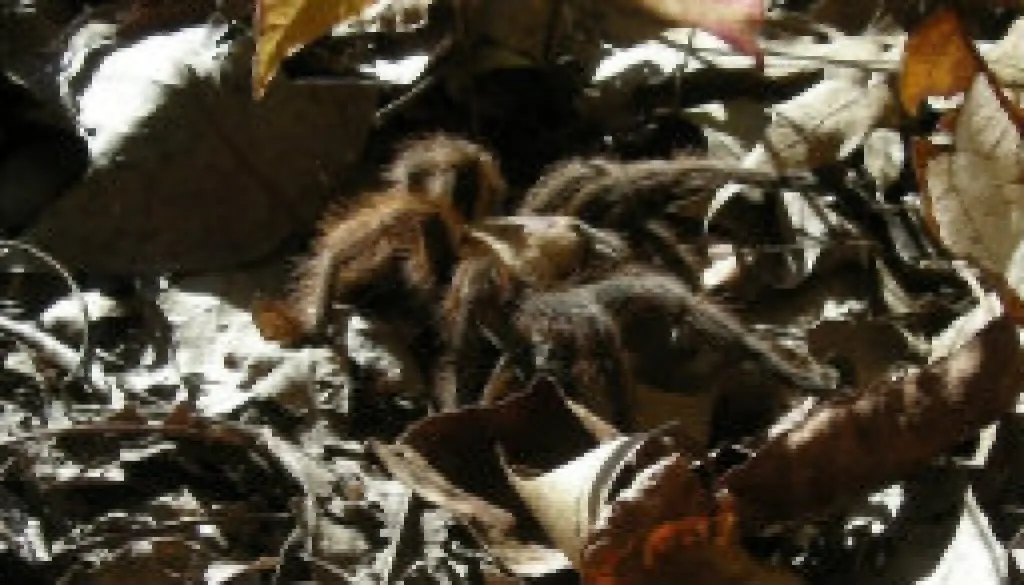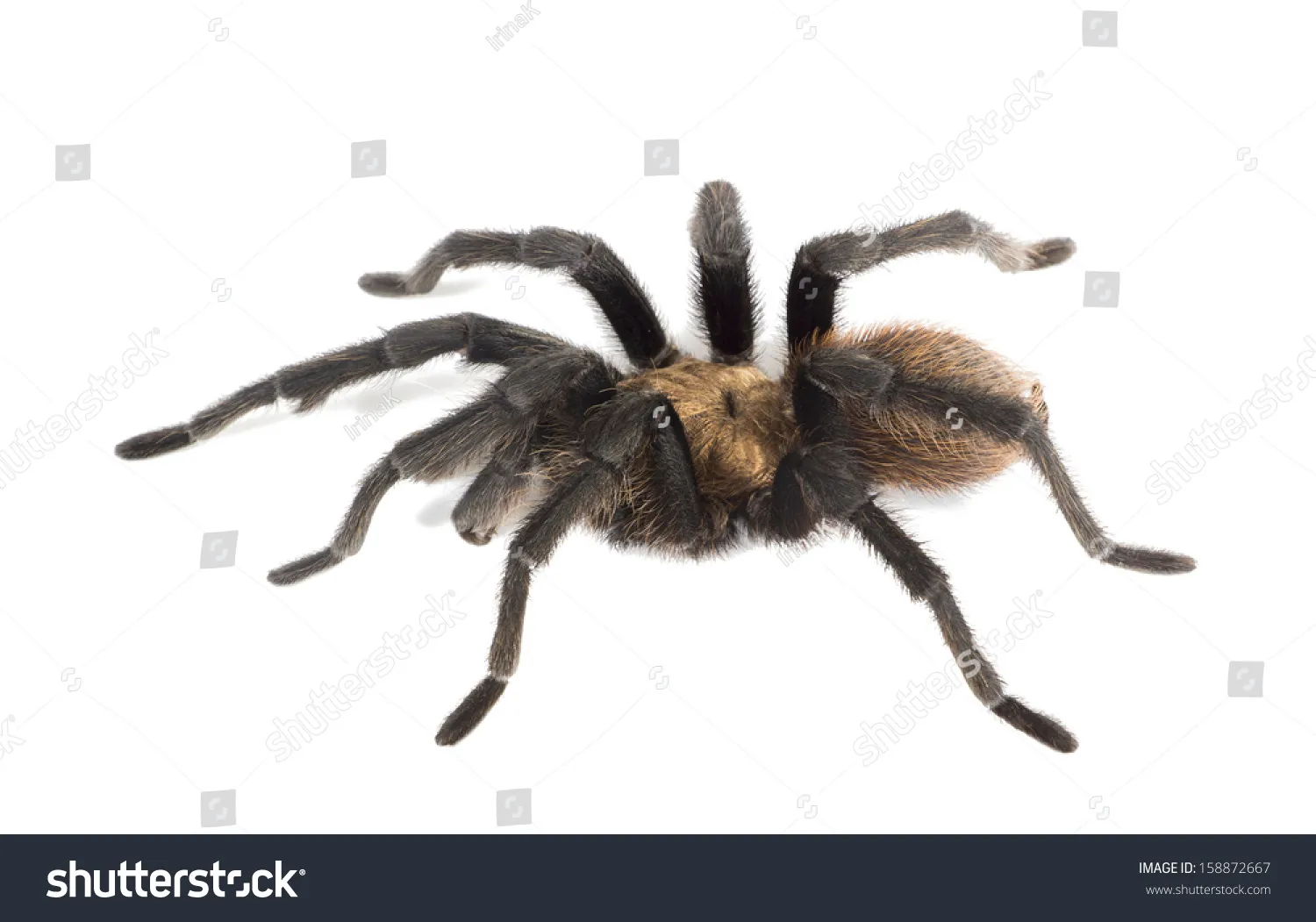Understanding the Missouri Tarantula
Embarking on a search for the Missouri tarantula is a fascinating journey into the world of arachnids. These impressive spiders, while often feared, play a vital role in the ecosystem. This guide serves as your compass, providing essential information to understand, locate, and appreciate these creatures. Before you venture out, it’s crucial to understand the basics of tarantula biology, behavior, and habitat. This understanding will not only enhance your search but also promote responsible and respectful wildlife observation. The more you know, the better equipped you’ll be to appreciate the beauty and importance of Missouri’s tarantula population. Remember, the goal is not just to find them but to learn about and protect them.
What is a Missouri Tarantula?
The Missouri tarantula, scientifically known as Aphonopelma hentzi, is a large, hairy spider belonging to the tarantula family. They are primarily terrestrial, meaning they live on the ground, often in burrows. Unlike some other spiders, tarantulas have a long lifespan, with females living for up to 25 years and males for around 7 years. These spiders are nocturnal hunters, preying on insects, small reptiles, and occasionally small mammals. Their size, with a leg span that can reach up to 5 inches, makes them one of the largest spiders in North America. They are generally not aggressive, but they can bite if provoked. They also have urticating hairs on their abdomen, which they can flick towards perceived threats, causing irritation.
Identifying Missouri Tarantulas

Identifying a Missouri tarantula is relatively straightforward once you know what to look for. They are typically dark brown or black in color, with a hairy appearance. The easiest way to identify them is by their size and the fact that they are found in Missouri. Look for their large, robust bodies and long, hairy legs. Juvenile tarantulas will appear smaller but will have the same basic characteristics as adults. It’s crucial to learn how to differentiate them from other, smaller spiders in the area to avoid misidentification. Pay attention to the presence of urticating hairs on the abdomen, which are a key defense mechanism. Familiarize yourself with images and field guides to ensure accurate identification before approaching any spider you encounter.
Where Do Missouri Tarantulas Live?
Missouri tarantulas have specific habitat preferences that determine where you can find them. They primarily inhabit the southwestern parts of the state, in areas with suitable soil for burrowing and a favorable climate. The ideal terrain includes grasslands, open woodlands, and rocky outcrops. Understanding their preferred habitat is key to locating them. They often create burrows in the ground, either by digging them themselves or by taking over abandoned rodent burrows. The presence of these burrows is a good indicator that tarantulas might be present in the area. The microclimate of these habitats – the temperature, humidity, and available prey – further influences their distribution.
Ideal Habitats for Tarantulas
Ideal habitats for Missouri tarantulas share several key characteristics. These spiders favor areas with well-drained soil, which is crucial for burrow construction and survival. The presence of grasslands or open woodlands provides ample cover and opportunities for hunting. A moderate climate, with warm temperatures and sufficient rainfall, is also important. Rocky outcrops and areas with sparse vegetation can provide shelter from the sun and predators. These habitats often support a diverse insect population, which serves as a primary food source for the tarantulas. Look for areas with a mix of these features to increase your chances of finding them. These environments must be preserved to ensure the survival of the tarantula.
Missouri Tarantula Map Key Locations

While a comprehensive map is not available, certain regions within Missouri are known hotspots for tarantula sightings. These areas generally align with the preferred habitat of these spiders. The key locations are primarily concentrated in the southwestern part of the state. Keep in mind that tarantula distribution can vary based on the season and environmental conditions. It is always a good idea to consult with local nature experts or wildlife organizations for the most up-to-date information on potential locations. Always respect private property and obtain necessary permits before entering any protected areas.
Southwestern Missouri Hotspots
The southwestern region of Missouri is a prime area to search for tarantulas. This area typically has the appropriate climate and terrain. Specific locations within this region, such as certain state parks and conservation areas, are known to have tarantula populations. These areas often have a mix of grasslands, open woodlands, and rocky environments that provide suitable habitats. The exact locations can be difficult to pinpoint, but exploring areas with these characteristics is a good start. Keep in mind that tarantula sightings are often seasonal, with the peak activity occurring during the late summer and early fall when males are actively searching for mates.
Ozark Region Tarantula Habitats
The Ozark region, with its diverse landscapes, offers potential habitats for Missouri tarantulas. Within the Ozarks, areas with rocky bluffs, open forests, and grasslands are favorable. The specific microclimates within the Ozarks can also support tarantulas. When exploring this region, look for areas with well-drained soil and ample insect populations. The presence of caves and rock formations can offer additional shelter. Remember to prioritize safety and be aware of the local regulations and any potential hazards such as snakes. Observe with a respectful approach, allowing the tarantulas to thrive in their natural habitat. Consult local resources for the most specific location information.
Best Times to Find Missouri Tarantulas

The best time to find Missouri tarantulas is during their active season, typically from late summer to early fall. This is when the males are most active, searching for mates, and are more likely to be seen. The weather plays a crucial role; warm, humid evenings are ideal for tarantula activity. Avoid searching during periods of extreme heat or cold. Planning your search during this timeframe will significantly increase your chances of success. Pay attention to the time of day; tarantulas are nocturnal creatures, so your best bet is to search during the late evening or early night. The season determines their behavior and the likelihood of spotting them.
Seasonal Activity of Tarantulas
Tarantula activity follows a seasonal pattern tied to their life cycle and mating behavior. During the spring and early summer, tarantulas are primarily in their burrows, where females remain most of the time. As the late summer arrives, the males become active. They leave their burrows in search of mates, often traveling long distances, making them more visible. The fall season brings the mating period to a close. As temperatures drop and the weather becomes less favorable, tarantulas retreat into their burrows for the winter. Knowing these seasonal patterns is essential for planning your tarantula search. Always respect their life cycle and avoid disturbing them during critical periods like mating.
Tips for Safe Tarantula Observation
Observing Missouri tarantulas requires caution and respect. Never attempt to handle or approach a tarantula directly. Keep a safe distance to avoid provoking them, as they can bite if they feel threatened. Be aware of your surroundings and watch for any signs of tarantula activity, like burrows or the presence of webs. If you encounter a tarantula, observe it from a distance, using binoculars or a camera with a zoom lens to get a closer look without disturbing it. Wear appropriate clothing, including long pants and closed-toe shoes, to protect yourself from potential bites or irritants. It’s also crucial to avoid disturbing the tarantula’s habitat.
How to Observe Without Disturbing

Responsible observation of tarantulas is crucial for their conservation. Avoid making loud noises or sudden movements that could scare the spiders. Stay on marked trails and avoid disturbing the vegetation around potential habitats. If you are using a flashlight, use a red filter, as this will be less disruptive to the tarantulas’ natural behavior. Avoid using flash photography, which can startle the spiders. Respect the tarantula’s space and allow them to move freely. Leaving the habitat as you found it is critical to preserving their environment. This respect ensures you can enjoy watching the tarantulas in their natural habitat. Remember to practice patience, and you may observe their behavior.
Avoiding Dangerous Encounters
While Missouri tarantulas are not generally aggressive, it’s important to know how to avoid dangerous encounters. Never attempt to handle a tarantula, as this is the most common way to get bitten. If you come across a tarantula, stay calm and move slowly. Give the spider space and avoid cornering it. Be aware of your surroundings and watch for potential hazards, such as loose rocks, uneven terrain, and other wildlife. Be cautious when reaching into areas where tarantulas may be hiding. Always supervise children and pets, keeping them at a safe distance from tarantulas. If you are bitten, clean the area thoroughly with soap and water and seek medical attention if needed. Preventing dangerous encounters requires awareness and caution.
Conservation and Tarantula Awareness
Conserving Missouri tarantulas involves protecting their habitats and raising awareness about their importance in the ecosystem. Support conservation efforts by volunteering or donating to organizations dedicated to wildlife preservation. Educate yourself and others about tarantulas and their role in controlling insect populations. Avoid buying or keeping tarantulas as pets that were taken from the wild. This can harm their population. Promote responsible tourism and educate others about the importance of respecting wildlife. Encourage sustainable practices in your daily life to minimize environmental impact and to secure the habitats for these magnificent creatures. Awareness leads to conservation.
The Importance of Habitat Preservation

Habitat preservation is fundamental to the survival of Missouri tarantulas and many other species. Protecting their natural habitats ensures the availability of food sources, shelter, and suitable breeding grounds. Support initiatives that promote habitat conservation, such as land preservation projects and sustainable land management practices. Avoid disturbing natural habitats, especially during peak tarantula activity periods. Advocate for responsible development that minimizes environmental impact. Encourage the restoration of degraded habitats and the creation of wildlife corridors. By prioritizing habitat preservation, we contribute to the long-term survival of Missouri tarantulas and maintain a healthy ecosystem. Preserve their home.
